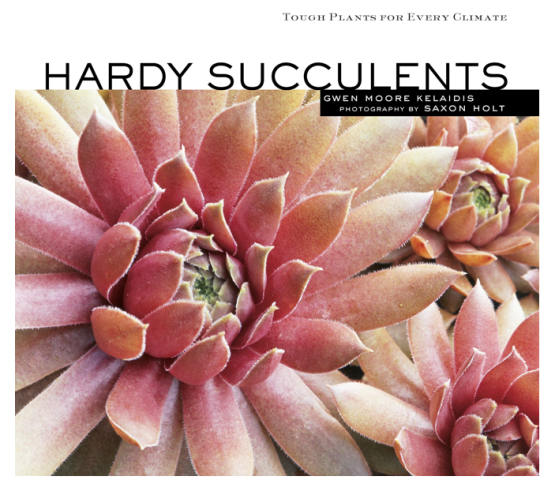Can succulents recover from a hard frost? It depends. Let’s look at a southern California nursery’s display garden before nighttime temperatures dropped into the mid-20s F:
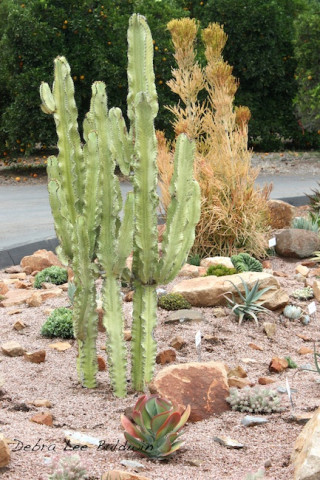
Here’s the same Euphorbia ammak ‘Variegata, after the frost:

Likelihood of recovery: Nil. Too much of the tissue was damaged. But what about the Euphorbia tirucalli ‘Sticks on Fire’ behind it? It’s hope of recovery is excellent because only the top growth froze. It protected the stems underneath, which are still healthy.
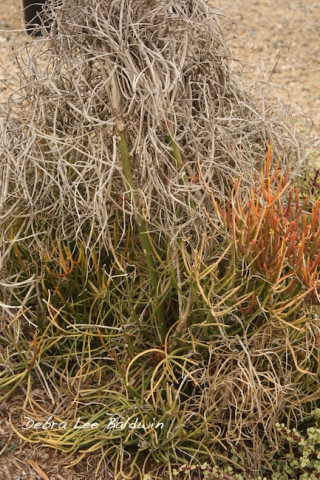
If something similar has happened to your plants, succulent or otherwise, once all danger of frost has passed, prune the dead top growth and the plant will be good as new…except smaller, of course!
How about the frozen aeonium below? Pretty much hopeless. But look a the Sedum ‘Angelina’ surrounding it. It’s a succulent too, and perfectly fine!
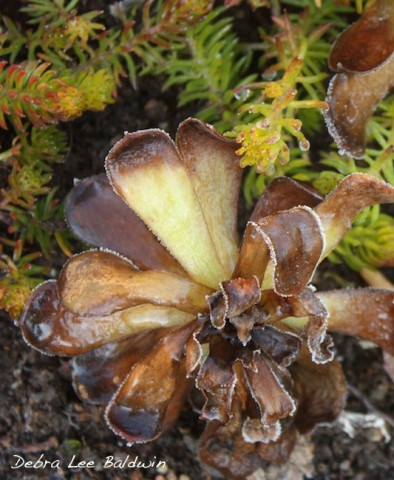
Why does frost kill some succulents and not others? A lot has to do with where a particular kind of plant originated. Succulents, which store water in their leaves to survive drought, are mostly from dry, hot climates. But some are from dry, cold climates. Among them are:
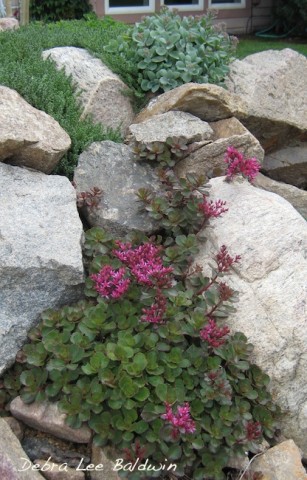
stonecrops (small-leaved sedums), like those above in a Colorado rock garden;
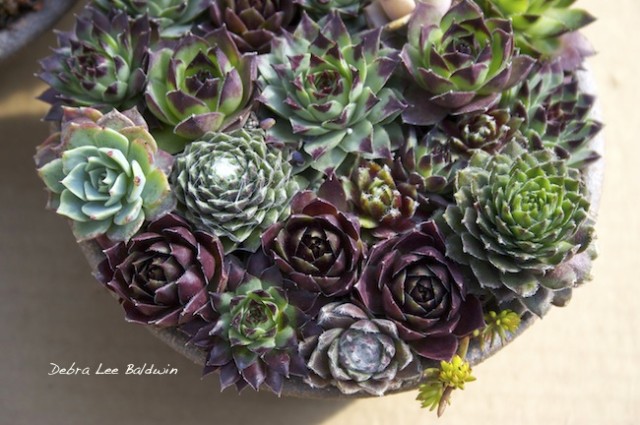
sempervivums (hens-and-chicks, above) of which there are numerous species and cultivars; certain agaves (like Agave utahensis, A. montana and A. parryi), lewisias from the Pacific Northwest, and cacti.
The best resource on the subject is the book Hardy Succulents, by Gwen Kelaidis, illustrated by Saxon Holt (who also happens to be my GGW co-blogger):
Are you curious how other kinds of succulents handle frost and their potential for recovery? I’ve posted additional photos on my website, and also explain how I protect my own garden from frost.

